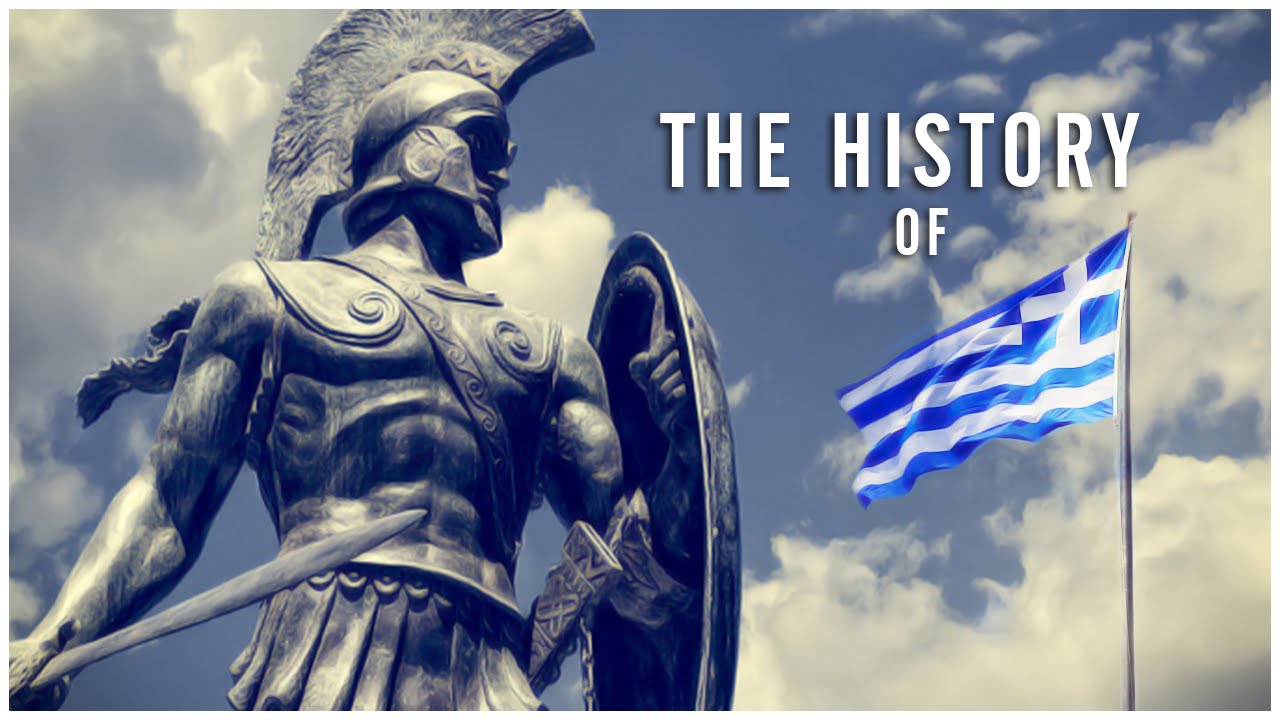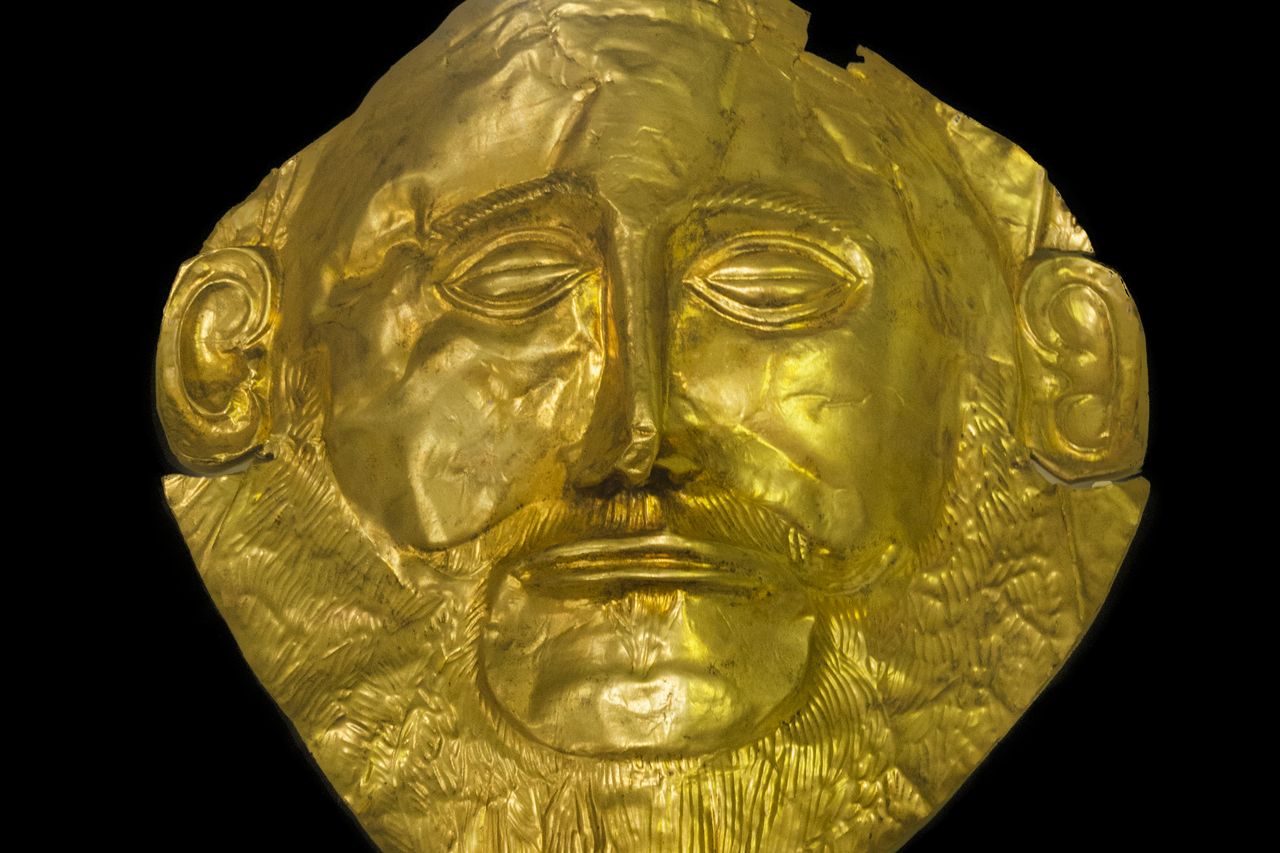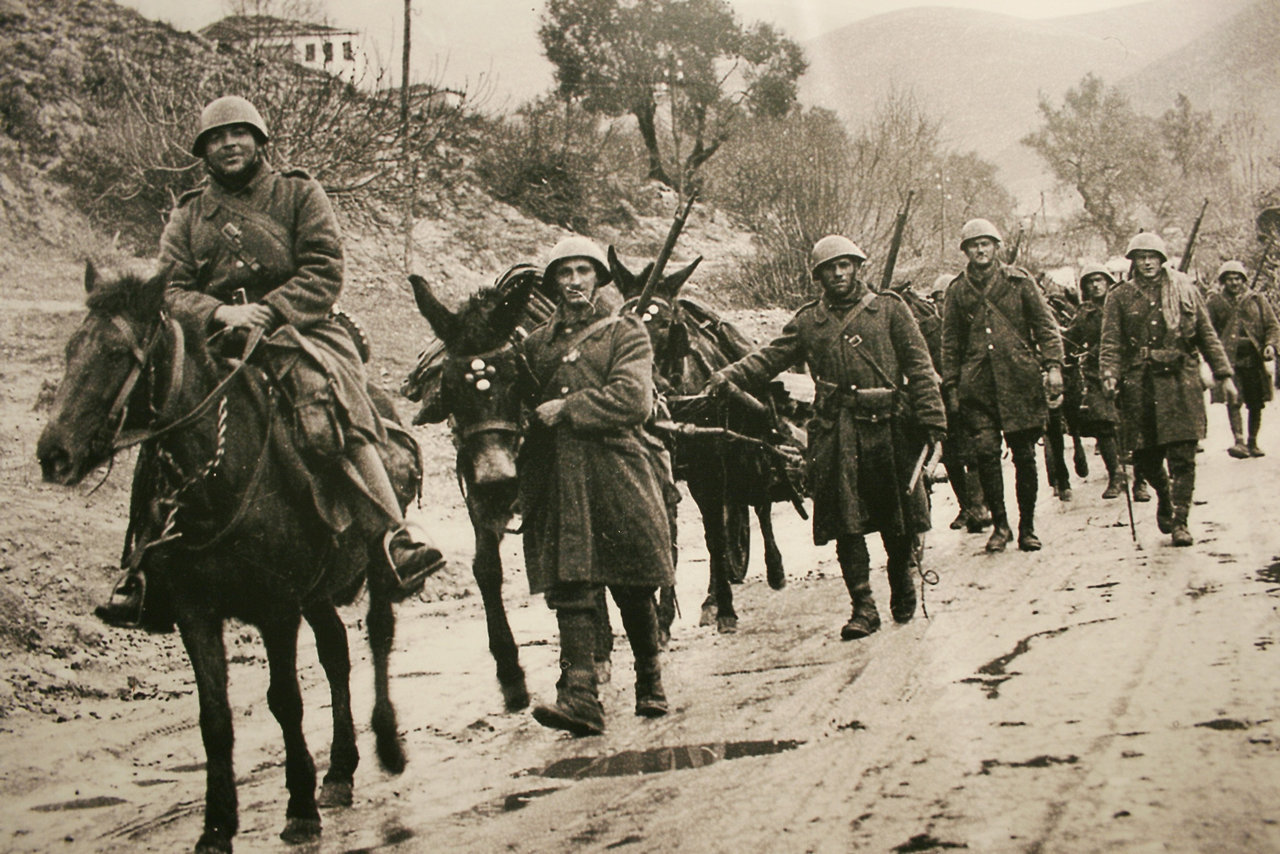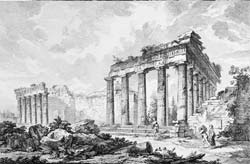Smyrna, the greek city in Turkey
August 30, Turkey’s Victory Day, celebrates the defeat of the Greek army in Asia Minor, while September 9 marks the anniversary of the 1922 burning of the once Belle Epoque city of Smyrna.
Some Greek traces have remained in Smyrna till today, although unearthing them proves hard work
Read more about Smyrna, the greek city in Turkey:
Post-blaze Smyrna: the remnants of a burnt cosmopolitanism
BY ALEX PENMANN
SLIGHTLY more than a year in Constantinople, I had never made the journey to Smyrna, despite frequent invitations. As a Greek, I had grown up with two sets of photos. One is the images of a city of tall bell-towers, elegant homes of a unique architecture and a magnificent seafront promenade. The other, the eerie snapshots of a city burning behind desolate crowds on its waterfront, begging for a ship to exile.
The Smyrna Blaze is the most vivid symbol of the 1922 Destruction, the defeat of the Greek army’s campaign in Asia Minor and subsequent uprooting of Greeks there, after a 3,000-year-long presence. Smyrna is synonymous with disaster. I knew that no Greek trace had survived in the Ionian capital – “Infidel Izmir”, once one of the most cosmopolitan settlements of the Levant and the second largest Greek city. I didn’t want to juxtapose the modern city to those images in my mind.
As Turkey prepared to celebrate its Victory Day on August 30, the commemoration of the collapse of the Greek front before the advancing nationalist troops of Mustafa Kemal, I was persuaded to venture to its third-largest city. What has been left of its non-Muslim past, uprooted after the exchange of populations with Greece and the Turkification policies of the 1920s?
The first view of the bay of Smyrna (Izmir) was disappointing. With a population of over three million, the city has undergone heavy construction, becoming a concrete modern metropolis. Nothing idyllic remains in the boroughs of Kordelio (Karshiyaka) and Bornova, constantly appearing in rembetika, now drowned in a mass of concrete high-rises which mar the otherwise scenic topography. The two-storey Greek homes with the characteristic wooden projections on the second floor no longer line the quay. Most of all, a huge park, the Kulturparki, covers the vast area of the burnt Greek and Armenian neighbourhoods. Planted over their rubble, it is the most tangible legacy of destruction.

The quay, the Kordon, a long line of tall concrete apartments and palm trees, has nothing in common with the Belle Epoque city I knew depicted in black-and-white in my history book. As the Turkish army arrived on 9 September 1922, the city – evacuated by the Greek troops – was in havoc. Alongside the 150,000 Greeks (52 percent of the city’s population) and the 10,000 local Armenians, thousands of Christian refugees fleeing the Turkish advance had taken refuge in Smyrna, seeking a way to cross the Aegean. Turkish troops celebrated the fall of the Ionian capital (conclusion of their Holy War – Jihad) with three days of murder and plunder. A fire started in the city’s Armenian quarter – attributed by Greeks and other Westerners to an order of the commander Nureddin Pasha. The Armenian and Greek neighbourhoods, about 70 percent of the city, were burnt to the ground and thousands of Christians were murdered, including all the higher clergy and notables of the two communities that couldn’t, or opted not to, flee.
This version of events, supported by the memoirs of foreign diplomats in Smyrna at the time, features in sources ranging from encyclopaedias to the “Rough Guide to Turkey”. I soon discovered that, in Turkey, history is portrayed quite differently. It is propagated that it was the Greeks who started the fire, “so that the riches of the city wouldn’t fall to the Turks”. In their claim, the Turks remind that the Greek army set fire to a number of cities and villages in its retreat to the coast. But the testimonies from all foreigners as well as the paradox of Greeks supposedly setting their own homes and churches on fire, but sparing the city’s Muslim quarter, invalidate the Turkish claim. Credible sources such as Turkish books dedicated to the city, manage to circumvent the issue without attributing the fire to the Greeks. Even the militantly nationalistic history schoolbooks state: “After we threw them in the sea… a fire started in the Armenian quarter that destroyed the city.” Some Turkish academics have now started to put forward Nureddin’s name. In the meantime, until recently, some insisted on slaying chickens and throwing them in the water along the quay, in commemoration of the 1922 deeds.
In the Greek consulate on the much-sung quay, I chatted with one of the employees, raising a thorny issue: how many Greeks are left in Smyrna? “It depends on how you define Greeks. Real Greeks,” people whose both parents are Greek and so is their mother tongue, are about 20 elderly people. “Their families held non-Greek foreign passports, and they were thus exempt from the Exchange of Populations. They live a secluded life; their children live abroad, mostly in Greece; they never meet, except in the church services of Agia Fotini. Like Constantinopolitans, they receive a pension from the consulate. But there are many offspring of mixed marriages, mainly between a Greek mother and a Levantine father, who – non-Greeks in the eyes of the government – were allowed to remain. They live a life equally discreet. Their Greek is fluent and they maintain intimate ties with our consulate.” I felt ignorant, not knowing that the foreign passport holders had been allowed to stay. The man protested of the ignorance of mainland Greeks. “Do you know how many families show up, asking for assistance to locate their ancestral home? Don’t these people know the city was burnt?”
Agia Fotini, a humble Dutch chapel by the Montreux Square now on lease to the Greek consulate, caters to the needs of Smyrna’s few Orthodox. It was renamed after Smyrna’s Greek Cathedral, whose tall belfry was a symbol of the pre-blaze city, now a memory. Some Greek icons added to the gothic architecture make the church appear comic. None of the Greek churches survived the blaze, except for a humble chapel known as Agios Voukolos. I had heard from the Ecumenical Patriarchate and the Turkish press that the church was being renovated by the municipality. Where is it? Nobody knew, not even in the Greek consulate.
I rang the bell of the Catholic church of Saint Polycarpe quite insistently. An elegant middle-aged woman opened the door. I asked her in Italian whether I could visit, but she said she didn’t have the keys. As a cat meowed, I lifted it and talked to it in Greek. “You are Greek,” she exclaimed in Greek as if I were the Messiah. Dragging me inside the vast courtyard she shut the door behind me. She started an incessant, enthusiastic monologue. “My name is Audree. I am a Levantine, ie a Catholic of the East. Our family roots are Italian. All my family speak fluent Greek. I have relatives in Greece; I often visit. There are a few Greeks left; they hid when the Disaster happened, pretending to be Turks. They live underground; don’t ask to meet them, they won’t talk to anyone. We are good friends, as we are with the Greeks working in the consulate and in the Nato delegation. By the way, what brings you to Smyrna? Welcome!” Her Greek was perfect, as if she had lived all her life on the opposite side of the Aegean.
A stout, dark woman appeared, holding a set of keys. She introduced herself as Mariam; it was evident that she wasn’t a Levantine. She spoke French and Italian, and emphasised she had learnt it on her own. The 300-year-old church, close to the Hilton, is tastefully painted and inscribed in both Latin and Greek. “There are about 3,000 Levantines in the metropolitan area, including Bornova and Kordelio,” Mariam said. Her son was doing his army service. “Does he face any discrimination because of his Christian faith?” I asked. “Are you mad? We are registered as Muslims on our IDs. Nobody knows we are Christians outside the community.” I understood. “Are you from Izmir?” I asked. She was from the southeast. “Were you born a Catholic or were you baptised later?”
“It is better if we went upstairs, I won’t hear the bell if someone rings,” she said. “There are many Turks in Constantinople who converted to Catholicism, especially young women. Thousands,” I said encouragingly. She pretended she didn’t hear.
I got lost in the maze of narrow, twisting alleys of the Bazaar quarter – Smyrna’s only district to have conserved a picturesque air, as had noted the writer Karkavitsas in his visit in the late 1940s. Here was the Jewish quarter of the pre-blaze city; Jewish inscriptions and dates are visible on the oldest buildings. I sat for coffee in the shade of the beautifully restored Kizlar Aasi Hani, an Ottoman market complex in the Kemeralti district, fleeing the ruthless August heat. My destination, along the pretty Anafartalar Street, was the shop of Avraam Abuaf, the president of Smyrna’s Jewish community. I wished for access to the city’s beautiful synagogues, dating from a time when the Jews represented 10 percent of the population, and to information on the community. According to the European travellers, the bazaar district was the Jewish heartland. In recent years, the Jews have moved to the more affluent Punta (Alsanjak). Nevertheless, a central street is still known as Havra Sokagi (Synagogue Street), escaping the renaming of all streets and districts in the Turkifiation campaign of the 1920s.
In less than an hour, I visited four out the seven synagogues of the Kemeralti area; the rest are ruined. The painted wooden ceilings of Bikkur Holim and Shalom and the wonderful frescoes of the Senyora synagogues testify that the Sephardic community, described as destitute by all travellers of the time, had an exquisite, cosmopolitan taste applied to its shrines. The 2,000-strong community today lacks the means to upkeep these 17th-century treasures, in imminent danger of collapse. “After the bomb attacks in Istanbul last November, Jews here are reluctant to go even to the Sabbath service, while youngsters of your generation have no interest in religion whatsoever. ” He pronounced the latter without any trace of remorse or disapproval, like an understanding father. In the Karatash Jewish hospital, a 90-year-old inmate approached me to talk, in Ladino, of his memories. Despite his years, there was a vivid spark in his blue eyes. “During the first years of the republic, our fathers suffered so much. They were prohibited from speaking in Spanish in public. They pressed us to change our names, adopting Turkish ones. Turkish was imposed in our schools instead of French. Our tradition is dying, the youngsters do not remember our tongue. They have been Turkified,” he sighed. He insisted in teaching me a Ladino song.
Together with the president of the Jews I visited the very ornate Karatash Synagogue, dating from 1905, the largest in Turkey, in the heart of another Jewish district where he had been raised. “These districts had escaped the fire. In my youth, there were rows of two-storey houses with the typical projections, where families would sit and contemplate the sea or the street. It was that wish for ‘development’ that pulled them down.” Just like in Athens, I thought. From the 1907 “Ascenseur”, a landmark tower-elevator on the slopes of Karatash, the city view is that of high, white apartment blocks with tiled roofs – a poor substitute for lost elegance. He offered me lunch in one of the numerous restaurants on the Kordon, which included fried fish eggs – a local speciality. The fact that he himself felt more comfortable conversing in Turkish than Ladino or French indicated the extent of the success of the Turkification campaigns of the 20s.
Behind the Bazaar quarter lies the Roman Agora, Smyrna’s most ancient surviving monument; in its main courtyard, marble fragments from objects as diverse as Corinthian capitals and Ottoman gravestones are arranged in irregular piles. The nearby district of Variant is a network of ascents to Kadifekale, the castle on Mount Pagus that still dominates over the city. It would have been impossible to a Greek or a Levantine a century ago to conceive that the city’s Muslim quarter would once become its most charming part – instead of their lavish quarters by the bay. Having been spared the flames, the area is a dormant, at times dilapidating, mausoleum of Smyrniot architecture, its alleys and deserted squares home to modest houses and mosques in that particular “rococo” so praised by Seferis, a Smyrniot himself. During the burning summer heat, there is not much movement on the streets; people are locked inside behind windows, many of which still conserve the wooden grills that allowed Muslim women to look without their features being seen by male passers-by.
On closer inspection, Kadifekale itself is a disappointment, the only reason to justify a walk all the way to the castle being a glimpse of a sunset on a clear day. After the quiet of the Variant, I headed for the Punta (Alsanjak) neighbourhood on the other end of the city. Named by the Levantines after the Italian word for Cape, as it was built on a projection of reclaimed land, it was the most exclusive settlement for Greeks and Levantines and now continues as a lively, upmarket district, grouping most of the consulates, the nightlife and expensive housing. Unharmed by the fire, it fell prey to urbanisation. Nevertheless, there are entire rows of pre-blaze mansions surviving, most of which are converted to restaurants and bars. The cuisine is very reminiscent of that of Greece – much more than the rest of Turkey. Some mezes are even served hot, something unheard of in the rest of the country. In a fish restaurant, among the tastiest mezes I had ever had in Turkey, I chatted with the owner, a kind elderly man, on the “other side” of the story: his family had come to Smyrna from Crete…
* How to go
By plane from Athens (Olympic Airways or Turkish Airlines, 50 min)
* Where to stay
There is no point in recommending anything if you are on a budget; there is ample choice in the Basmane, Akinji and Chankaya districts, and you must check facilities and bargain prices. For more comfort, try the ‘Kismet’ on 1377 Sokak No 9 (tel 0090-232-4633850)
* Where to eat
There is ample choice of fish restaurants on the Kordon (Quay), and in the restored inland backstreets of Punta (Alsanjak). Check menus and prices. An excellent choice is ‘Kemal’in Yeri’, 1453 Sok 20/A in Punta
Photos by Alex Penmann
Read more about Greek History
Read more:









